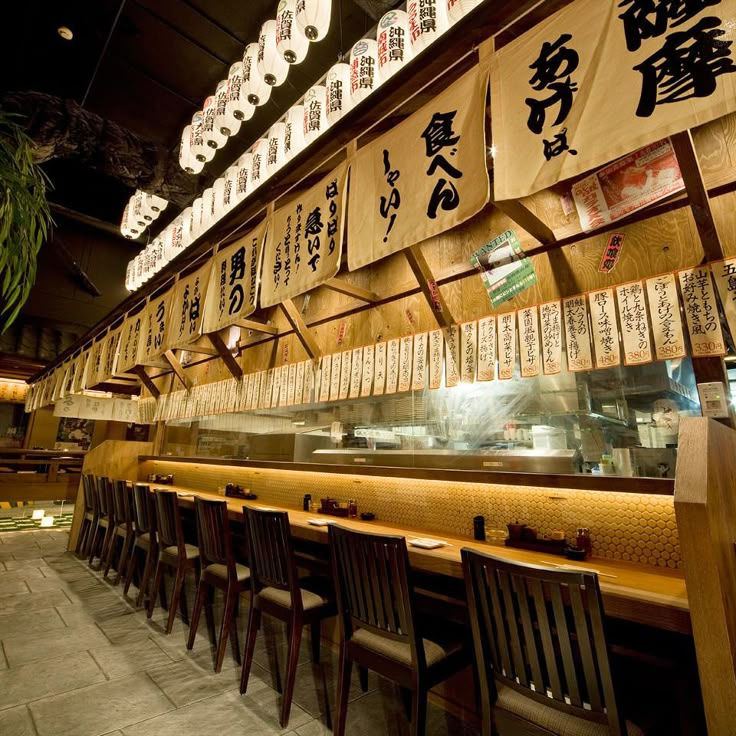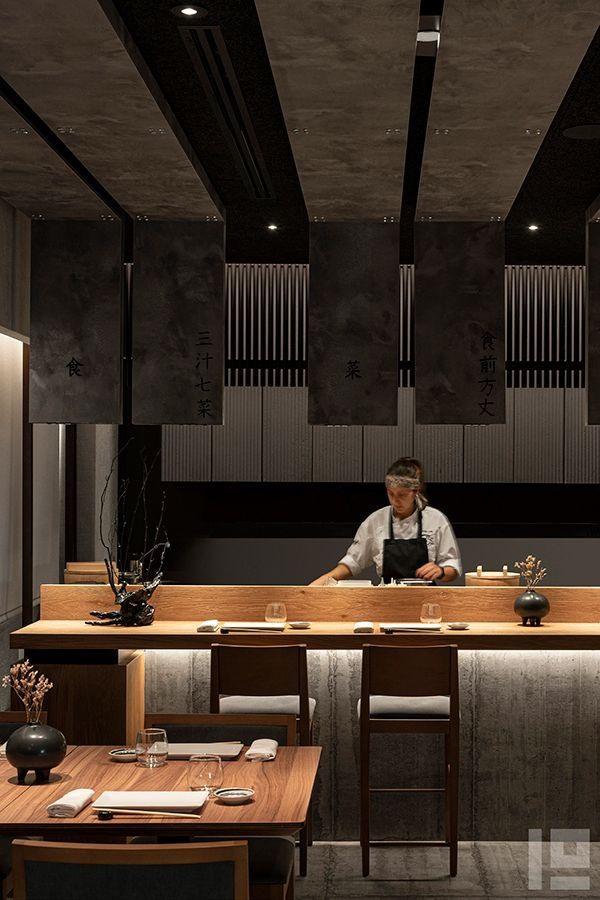Local purchase is a good one
- kforest0911
- 4月25日
- 読了時間: 4分
更新日:5月5日
~"Trust" and "relationship" win over cost reduction~
For Japanese restaurants, the quality of the ingredients is essential to reproduce the authentic taste.
However, we can't order everything from Japan. Cost, distribution, freshness, and all aspects of local procurement are required.
What is important here is the perspective of thinking that "supplier = partner".
🛒 Advantages of working with local companies
Merit Content
Stable supply You can get fresh ingredients on routes with low transport risk
Relationship of trust You can make face-to-face transactions and respond flexibly to problems.
Cost management It is easy to negotiate prices with long-term contracts and bulk purchases
Community contribution You can contribute to the local economic cycle and strengthen the "community-based" brand
🧂 "Japan-U.S. Mix" points of purchasing technique
"Core Japanese ingredients" such as soy sauce, miso, and soup stock are purchased from Japanese suppliers or overseas specialized trading companies.
Vegetables, fish, meat, eggs and other "freshness ingredients" are purchased directly from reliable local suppliers.
In cooperation with local farmers and fisheries, we also develop the original "Japanese Fusion" menu.
💡Ideas such as "local vegetables x Japanese seasonings" also lead to the creation of a one-of-a-kind menu.
🤝 Tips for building a good relationship with a contractor
1 Payment is fast and reliable
→ Credit is determined by "payment rather than delivery"
2 Remember the name of the supplier
→ If you want to date for a long time, be aware of "relationships beyond business"
3 Express urgent requests as a set of "daily gratitude"
→To become a "shop where you can listen to unreasonableness", you need "normal sincerity"
4 "I made this kind of food with your ingredients" and show you a picture
→ For makers, seeing how their ingredients will be cooked is the best motivation
💡 Example: "Cold miso ramen using tomatoes from local contract farmers"
→ Take advantage of local fresh tomatoes and dare to serve it with chilled ramen.
→ When I posted "Farm to Ramen" on SNS, it attracted attention from both locals and tourists!
🍱 Finally, both "material" and "relationship" are part of the dish
Restaurant management in the United States is not just an import game.
Based on the relationship of trust between local ingredients and suppliers, the ability to make "Japanese food loved in that land" is questioned.
Who went through whose hand did today's dish arrive at your store?
If you make a menu with that in mind, the way you convey it to customers will naturally change.
ローカル仕入れのすすめ
〜コスト削減より「信用」と「関係性」が勝ち〜
日本食レストランにとって、本格的な味の再現には食材のクオリティが不可欠。しかし、すべてを日本から取り寄せるわけにはいきません。コスト・流通・鮮度、すべての面で現地調達の工夫が必要です。
ここで重要になるのが、「仕入れ先=パートナー」と考える視点です。
🛒 地元業者と組むメリット
メリット | 内容 |
安定供給 | 輸送リスクの少ないルートで新鮮な食材を入手できる |
信頼関係 | 顔の見える取引ができ、トラブル時も柔軟に対応してもらえる |
コスト管理 | 長期契約やまとめ買いで価格交渉しやすい |
地域貢献 | 地元の経済循環に貢献し、「地域密着型」のブランドを強化できる |
🧂 「日米ミックス」仕入れ術のポイント
醤油や味噌、出汁などの“コア和食材”は日系業者 or 海外専門商社から仕入れ
野菜・魚・肉・卵など“鮮度が命の素材”は現地の信頼できる業者から直接仕入れ
現地農家・水産業者と連携し、オリジナルの“Japanese Fusion”メニュー開発も視野に
💡「地元の野菜×日本の調味料」のような発想は、唯一無二のメニュー作りにも繋がります。
🤝 業者と良い関係を築くコツ
支払いは早く、確実に → 信用は“納品より支払い”で決まる
仕入れ先の人の名前を覚える → 長く付き合うなら、“ビジネス以上の関係”を意識
急なお願いは「日頃の感謝」とセットで伝える →「無理を聞いてもらえる店」になるには“普段の誠実さ”が必要
「あなたの素材でこんな料理を作った」と写真を見せる → 作り手にとって、自分の食材がどんな風に料理になるかを見るのは最高のモチベーション
💡 実例:「ローカル契約農家のトマトを使った冷製味噌ラーメン」
→ 現地産のフレッシュトマトを活かし、あえて冷やしラーメンで提供。→ SNSで“Farm to Ramen”と発信したところ、ローカルからも観光客からも注目を集める結果に!
🍱 最後に:「素材」と「関係性」どちらも料理の一部
アメリカでの飲食店経営は、単なる輸入勝負ではありません。現地の食材と業者との信頼関係を軸に、“その土地で愛される日本食”を作る力が問われます。
今日の一皿は、誰の手を経てあなたの店に届いたか?そんなことを意識しながらメニューを作ると、お客様への伝え方も自然と変わっていきます。




コメント